With ever-increasing curiosity and improvement within the metaverse and different graphics-intensive applied sciences like augmented actuality (AR) and digital actuality (VR), high-end graphics rendering goes to be in excessive demand within the years forward. The decentralized Render Community is taking a novel method to excessive efficiency computing (HPC), prompting us to take a better look.
What’s Render Community?
The Render Community is a decentralized community that connects these needing pc processing energy with these keen to lease out unused compute capability. Those that supply use of their machine’s unused graphics processing unit (GPU) are rewarded with render tokens (RNDR), the native utility token of the Render Community.
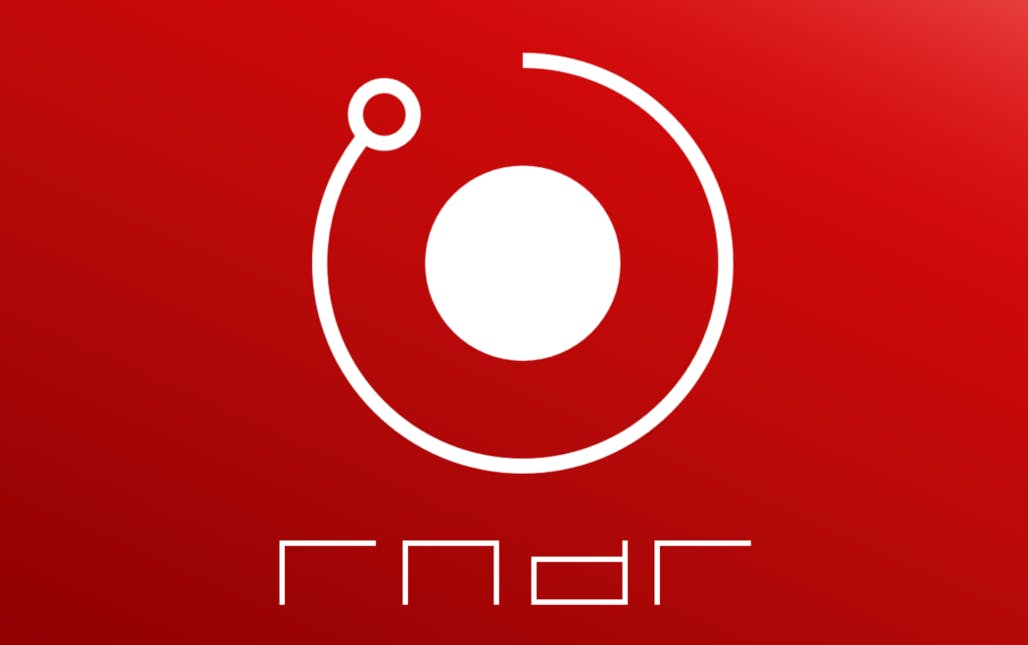
The distributed community was based in 2016 by Jules Urbach. Most token provide was set at 536,870,912 RNDR tokens. 25% of that offer was issued by way of an preliminary coin providing (ICO) to lift funds to finance the challenge.
Render Community is attempting to make the method of rendering and streaming movies and metaverses a lot simpler whereas enhancing the person expertise. It is going to be significantly better to have an array of GPU gadgets render resource-intensive graphics for you as a person slightly than have your personal machine wrestle below that burden, detracting from the person expertise.
The metaverse is at an embryonic stage though it’s destined to have the very best GPU compute requirement of all as soon as it’s absolutely developed and adopted. However for proper now there’s already greater than sufficient demand. Do you entry TikTok and YouTube content material? How about Netflix, Hulu or HBO Max? All of them contain resource-intensive rendering. Surgeons and designers are additionally more and more using techniques that implicate 3D modelling, along with applied sciences primarily based on augmented actuality (AR) and digital actuality (VR).
How Render Community distributes rendering
Earlier than we think about exactly how the Render Community works, let’s recap on what rendering is. The method of rendering is also called picture synthesis. It includes the transformation of 2-dimensional or three-dimensional fashions into a picture or scene that’s photo-realistic. Put merely, it means changing uncooked information into displayable graphics.
Creators are those who must entry the GPU compute functionality. On most blockchains, node operators are answerable for working the community’s software program with the aim of both validating transactions or in any other case, securing the community. On the Render Community they tackle a unique function fully as node operators are those that supply up their spare GPU compute capability.
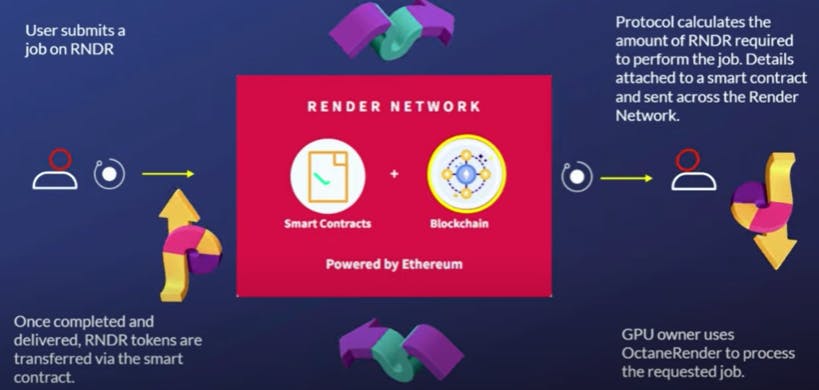
There are 6 steps for a creator in accessing the service:
-
Making a job: Creators submit their jobs utilizing a supported plugin integration or with OctaneRender — a GPU render engine from Render Community’s guardian firm OTOY. At this stage, output parameters resembling output format, pattern measurement and graphic decision are outlined. A creator can choose from three service tiers which are differentiated relying on the job precedence degree and node operator’s popularity rating and benchmarks.
-
Importing the render job: The render activity is uploaded by way of Render’s OctaneRender internet portal. Throughout this course of the creators property are cut up into particular person information and encrypted. Cost phrases and job necessities are detailed in a sensible contract that’s broadcast on the Render Community.
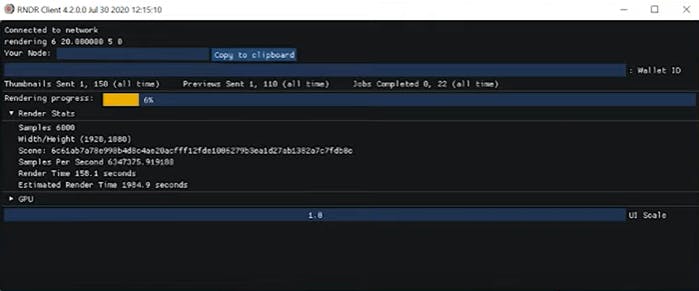
Working the Render Community Shopper as a node operator : IMG SRC
-
Job task: The Render Protocol routinely assigns the job to a node operator primarily based on the popularity rating of the operator and the job specification outlined by the creator.
-
Job execution: OctaneRender is utilized by node operators to course of the assigned job.
-
Job completion verification: Node operators render progress could be monitored in actual time by creators. The creators can flag processing abnormalities earlier than the job is accomplished. Previews are watermarked till a job is confirmed.
-
Cost: Over the course of a rendering job, funds are held in escrow. As soon as the creator verifies that the job has been accomplished satisfactorily, the fee in RNDR tokens is launched to the node operator. The Render Community receives someplace within the area of 0.5%-5% of the entire quantity for facilitating the service. At this level, the creator can obtain his/her rendered property.
Node operators are categorized into 3 tiers:
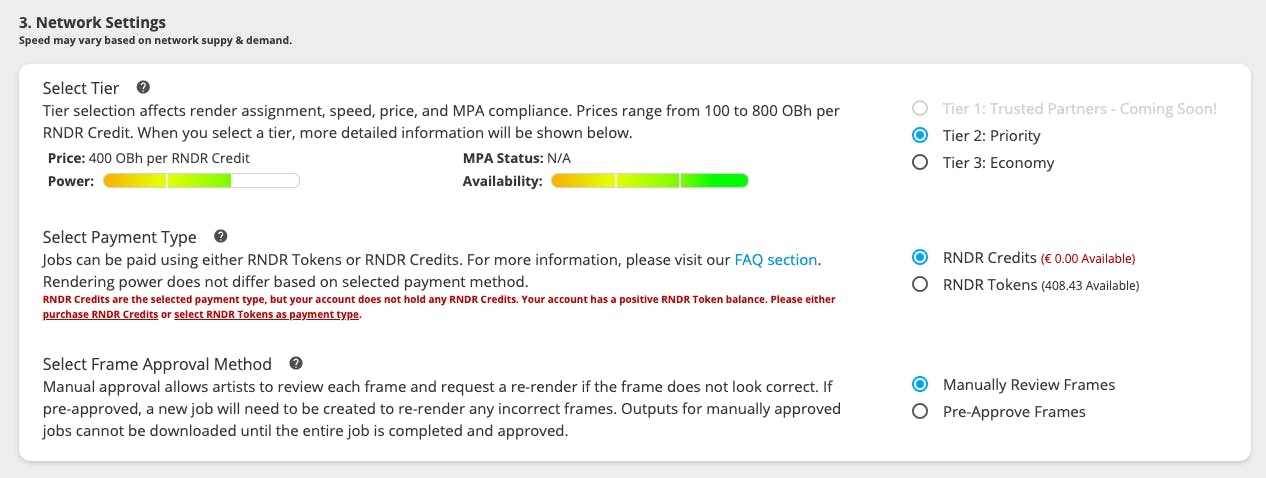
1.Tier 1 – Trusted Companions. Choosing this tier selects essentially the most respected node operators and prices extra. 2.Tier 2 – Precedence. This degree gives for rendering queue precedence with a better fee payable in change for expedited rendering. 3.Tier 3 – Economic system. That is essentially the most value efficient possibility albeit that work might not be rendered inside tight deadlines and node operator rankings is not going to be as excessive.
Render Community vs. centralized cloud companies
In recent times, there was an ongoing shift in direction of centralized cloud computing companies led by Amazon Internet Providers (AWS), alongside related choices from IBM, Microsoft, Alibaba and Google. According to Gartner, that transition will attain a cloud computing spend of $1.8 trillion by 2025. In the case of the HPC finish of the computing enterprise, solely a small percent of the put in server base worldwide has the GPU acceleration wanted to hold out excessive finish computation.
For decrease finish computation, the centralized cloud computing companies are usually cheaper. For HPC, Render Community has an edge. Cloud service firms have a significant capital expenditure on GPUs which are depreciating quickly because of ongoing developments in GPU expertise. By comparability, Render Community doesn’t have that overhead as it’s tapping into an array of GPU gadgets offered by node operators.
Because of this the Render Community could be run with a a lot decrease value base and on a lot tighter margins than the likes of AWS. Node operators have sunk prices within the GPU gadgets that they’ve gone out and acquired. From their perspective, the pondering is that they could as properly earn one thing within the hours that the machine is just not being utilized by making it obtainable on the community.
Present competitors – decentralized
Render Community appears to have a free run at HPC compute rendering from the attitude of decentralized initiatives. Golem Community is another that accesses a pool of distributed computing energy. Nevertheless, it’s not particularly centered on excessive finish compute for rendering functions. It’s taking a much wider method than providing rendering, as an alternative offering for distributed cloud computing extra typically.
iExec is one other such challenge however as with Golem, it too takes a broader method and isn’t centered fully on excessive finish computing for rendering.
A lot of work has been carried out into researching how wasteful computations as required by Bitcoin’s proof-of-work-based algorithm may very well be adopted to a system which might each safe a blockchain community whereas additionally reaching computations which have actual world utility. Maybe within the distant future, this would possibly come into play for top finish rendering however it’s not a risk to Render Community’s providing immediately.
Exploiting a market alternative
VR, AR and metaverse worlds are going to require a excessive degree of compute enter because of a necessity for a lot larger decision and body charges. To offer you an thought of the depth of computing capability required, within the animated film Toy Story 4, one body took 325 hours to render. Till now, a system hasn’t existed that enables content material creators to faucet into such an enormous pool of GPU compute capability as Render Community gives.
That pool of GPU computing capability is prone to have been fortified extra not too long ago. In September, the Ethereum mining enterprise was confronted with a must pivot to different use instances following a profitable Ethereum community ‘merge.’ In a recent article, we thought of the chance of former GPU-based Ethereum miners being repurposed for video rendering. The likelihood of that tools discovering its method onto the Render Community is one thing that OTOY because the developer of the challenge has additionally thought of.
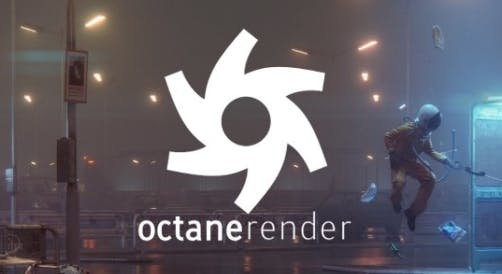
From a tokenomics perspective, Render Community might not be the perfect guess proper now for anybody speculating on the appreciation of the RNDR token as market adoption continues. The native token is inflationary by nature. Moreover, the success of the challenge doesn’t essentially rely on the usage of the token. It’s attainable for purchasers to entry the service without having to purchase RNDR tokens.
The thought of redesigning the tokenomics of the challenge has been floated however till such time as that occurs, there’s little incentive to carry RNDR tokens.
That in fact doesn’t imply that the challenge isn’t going to proceed to achieve success in assembly what’s a rising want. Solana co-founder Raj Gokal stated final yr that “we will probably be dwelling within the metaverse quicker than anybody thinks”. If we settle for that to be the case, then there’s prone to be a substantial quantity of rendering jobs to be scheduled on Render Community over the approaching years.









